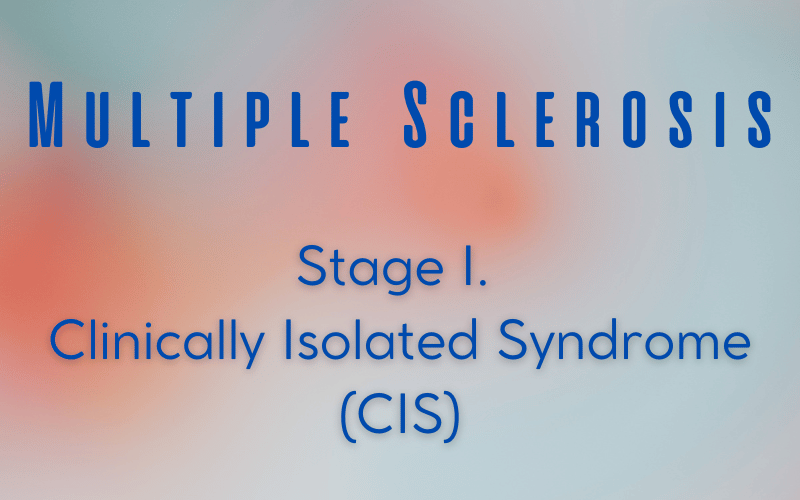Introduction: A Closer Look at Multiple Sclerosis and Its Four Stages

When the fine-tuned balance within our body’s intricate systems is disrupted, it can lead to the onset of several health conditions. One such condition is Multiple Sclerosis (MS), a debilitating disease that affects the central nervous system. In particular, this condition affects the brain and the spinal cord, the critical conduits of information and commands within our body.
Multiple Sclerosis emerges when our immune system misdirects its function, attacking the protective covering of nerve fibers known as the myelin sheath. This misguided assault causes communication breakdowns between the brain and the body. Over time, this can result in the nerve fibers’ deterioration, a process that is, unfortunately, irreversible at this point.
To better comprehend the progression of Multiple Sclerosis, researchers and medical professionals have divided it into four main stages: Clinically Isolated Syndrome (CIS), Relapsing-Remitting MS (RRMS), Secondary-Progressive MS (SPMS), and Primary-Progressive MS (PPMS).
Each stage is distinct in terms of symptoms and the progression of the disease. This classification helps patients and their caregivers anticipate possible outcomes and devise a treatment plan. By understanding these four stages, individuals and their support networks can prepare for the journey ahead, armed with knowledge and strategies to face this condition head-on. In this article we delve into each stage in details, providing an insightful and informative guide to understanding the different stages of MS.
1. The First Warning Bell: Clinically Isolated Syndrome (CIS)

Clinically Isolated Syndrome (CIS) is not just an arbitrary term; it’s an initial signal, a wake-up call. It refers to the first occurrence of neurological symptoms, typically lasting for a minimum of 24 hours, caused by inflammation or the loss of insulation within the central nervous system (CNS). Now, you might be wondering about the ‘isolated’ part of the term. Well, it’s simply because, at this stage, the symptoms have only appeared once, without any prior episode.
While the name itself might seem daunting, understanding it is crucial. It’s important to note that not everyone who experiences CIS progresses to full-blown Multiple Sclerosis. The probability of developing MS following a CIS largely depends on specific findings on an MRI scan. When lesions similar to those found in MS are discovered, the chance of CIS developing into MS increases significantly.
That said, the symptoms experienced during CIS can vary widely, similar to MS, and are determined by the location of the affected nerve fibers in the CNS. A person might experience blurred vision, numbness or tingling in limbs, or even lack of coordination. Remember, these symptoms are typical of the nervous system’s interference, mirroring what one might expect in MS.
The unpredictability of CIS symptoms can often make the condition seem elusive and mysterious. However, advancements in medical science and imaging technology now allow for earlier intervention than ever before. The ability to identify and categorize CIS as a potential forerunner to MS is a significant step forward in managing and possibly altering the course of the disease.(1)